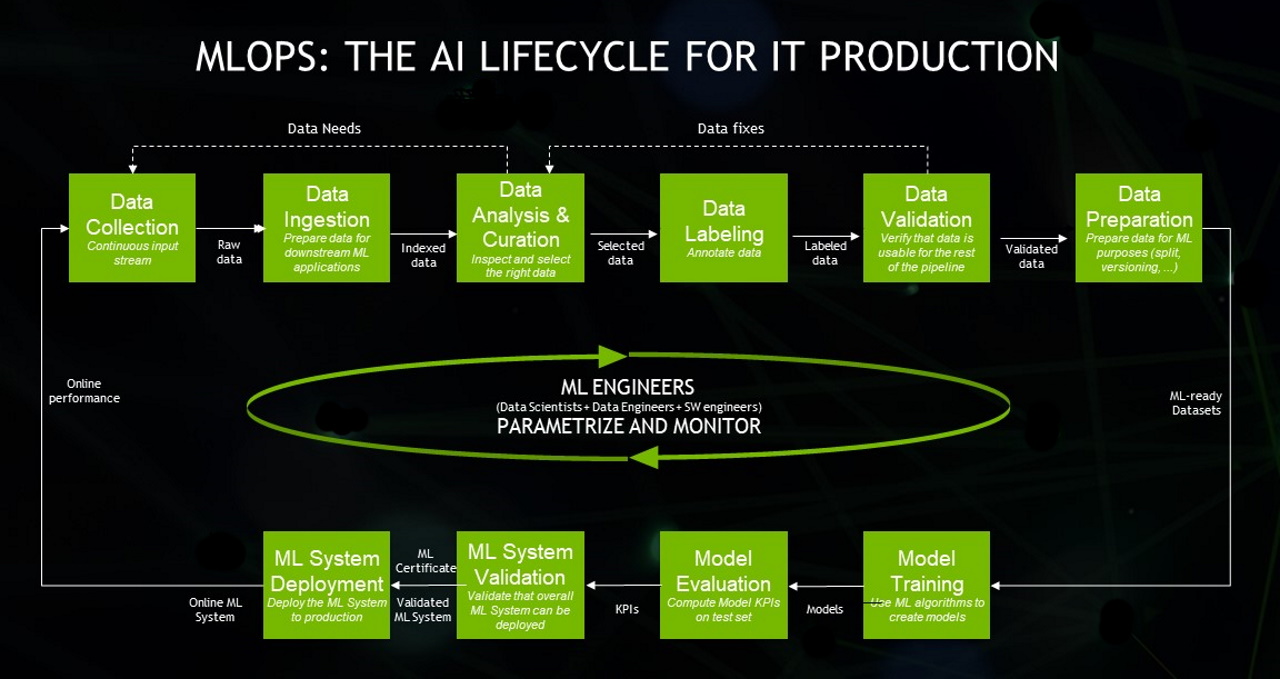Application URL : https://nasa-turbofan-ml-project.herokuapp.com/ -
(Heroku have done monetization so it will not open , but user can look demo link which i pasted below)
Demo Link of Application - https://youtu.be/WK7NbTI4pNk
Turbofan engine is a highly complex and precise thermal machinery, which is the “heart” of the aircraft. About 60% of the total faults of the aircraft are related to the turbofan engine. The prognosis of the remaining useful life (RUL) of turbofan engine provides an important basis for predictive maintenance and remanufacturing, and plays a major role in reducing failure rate and maintenance cost. RUL is the total number of flights remained for the engine after the last flight. In this project i have used Machine Learning approach to predict RUL. This project is able to train different models and choose the best one by evaluating accuracy scores of each model
Data sets consists of multiple multivariate time series. Each data set is further divided into training and test subsets. Each time series is from a different engine i.e., the data can be considered to be from a fleet of engines of the same type. Each engine starts with different degrees of initial wear and manufacturing variation which is unknown to the user. This wear and variation is considered normal, i.e., it is not considered a fault condition. There are three operational settings that have a substantial effect on engine performance. These settings are also included in the data. The data is contaminated with sensor noise
The engine is operating normally at the start of each time series, and develops a fault at some point during the series. In the training set, the fault grows in magnitude until system failure. In the test set, the time series ends some time prior to system failure.The objective is to predict the number of remaining operational cycles before failure in the test set, i.e., the number of operational cycles after the last cycle that the engine will continue to operate. Also provided a vector of true Remaining Useful Life (RUL) values for the test data
Datasets include simulations of multiple turbofan engines over time, each row contains the following information:
- Engine unit number
- cycles
- Three operational settings
- 21 sensor readings
- Clone this repo -
$ git clone https://github.com/Vinayakmane47/NASA-turbofan-ML-Project-AIOPS - Create environment -
$ conda create -n env python==3.7 -y - install requirements -
$ pip install -r requirements.txt - Run project -
$ python app.py - enter in browser -
$ localhost:5000
.github
| └─── workflows
| |── main.yaml
|
└─── config
| |── config.yaml
| |── model.yaml
|── schema.yaml
|
└─── Turbofan
| |── __init__.py
| |── component ───|
| | |── __init__.py
| | |── data_ingestion.py
| | |── data_validation.py
| | |── data_transformation.py
| | |── model_evaluation.py
| | |── model_pusher.py
| | |── model_trainer.py
| |
| |── config
| |── constant
| |── entity
| |── exception
| |── logger
| |── pipeline
| |── util
|
|
└─── templates
| |── experiment_history.html
| |── files.html
| |── header.html
| |── index.html
| |── log_files.html
| |── predict.html
| |── saved_model_file.html
| |── train.html
| |── update_model.html
|
|── .dockerignore
|── .gitignore
|── app.py
|── requirements.txt
|── Dockerfile
|── setup.py- Implemented MLOPS end to end Pipeline for executing code in one click
- Implemented Modular Coding standards
- Deployed web app on Heruku platform (it involves some cost now , so user cant able to use it)
- Project is able to train different models at one click .
- Project is able to choose best parameters of models using grid search CV
- Compare all trained models using
r2_scoreand model accuracy. - Select the best model which have best accuracy as well as best parameters.
- Compare accuracy score with models which are present in history and select best one between two.
- first i started with Linear regression with 16 features. I got Model Accuracy - 51.784%. I clipped RUL to 125 upper limit, which means i converted all values of RUL which are greater than 125 to 125 . This hypothesis is justifiable because maintenance team need only life of machine(in days or weeks) so they can schedule manintenance. So with this hypothesis i got Model Accuracy - 73.745%
- In this experiment i created polynomial features using sklearn library . so my 16 features became 153 Features and i trained a SVR regressor on this data . I got Model Accuracy - 79.619%
- Then i selected best feature out of 153 features using
from sklearn.feature_selection import SelectFromModelfunction from sklearn library. I trained SVR on 40 best features and got Model Accuracy - 79.623% , Accuracy is improved by 0.04 %
- I trained multiple modles which are listed below on the new data with 40 features.
- I performed Grid search to find best features from SVR and KNN .
| Model | Accuracy | R2_Score-train | R2_Score-test |
|---|---|---|---|
| LinearRegressor | 79.800% | 82.824% | 76.988% |
| SVR(kernel='linear') | 79.623% | 82.744% | 76.729% |
| RandomForestRegressor | 84.059% | 98.787% | 73.153% |
| XGBRegressor | 74.686% | 98.987% | 59.965% |
| KNeighborsRegressor | 81.936% | 90.380% | 74.934% |
| GaussianNB | 70.836% | 71.726% | 69.968% |
| SGDRegressor | 79.794% | 82.653% | 77.126% |
| DecisionTreeRegressor | 72.373% | 100.000% | 56.706% |
| AdaBoostRegressor | 73.263% | 74.319% | 72.236% |
| KNeighborsRegressor(fine-tuned) | 81.936% | 90.380% | 74.934% |
| SVR(fine-tuned) | 79.623% | 82.744% | 76.729% |
I found that KNeighborsRegressor is the best fitted model for RUL prediction with *Model accuracy - 81.936% , **R2_Score Train -90.380% and R2_Score_test - 74.934%. Random Forest also giving good results ,i.e. Model Accuracy- 84.059% ,but it is overfitting data so I finalize KNN as best fitted model .


